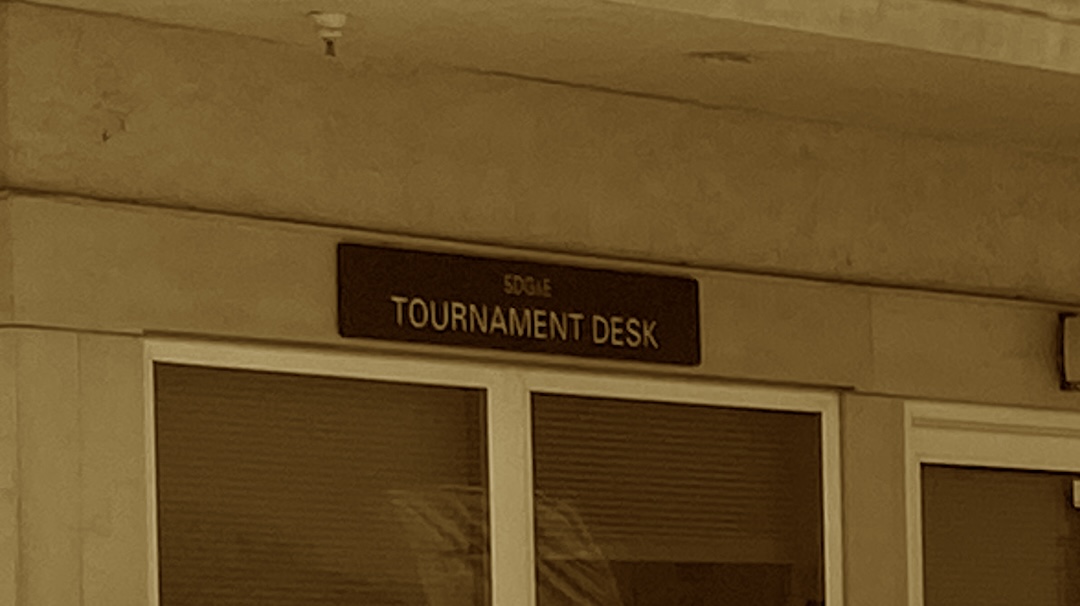We are currently in the midst of a lengthy side quest exploring the rules of tennis in the late 1800s. This was shortly before the International Tennis Federation (ITF) was founded and established a unified standard for the rules. During this nascent era of tennis, there were some significant variations.
One of my primary resources for information about the rules of tennis is S.C.F. Peile’s 1887 book, ‘Lawn Tennis as a Game of Skill.’ This book was originally published in England, but the American edition has the complete rules of the United States Lawn Tennis Association (USLTA) as an Appendix. That version also has editorial comments by Richard D. Sears, the USLTA president, and the reigning National Champion at the time.
An alternate and arguably more authoritative source of those early rules is ‘The Game of Lawn Tennis with the Rules of the Marylebone and All England Clubs’ by “Cavendish.” The organization of that book is similar to ‘Lawn Tennis as a Game of Skill,’ which starts with general tips and observations on how to play the game and is followed with the complete rules as an Appendix. As the title suggests, those rules are from the Marylebone and All England Club.
A great example of the divergence between tennis as played in England and the United States at the time is Rule 7. That dictates where the server stands when delivering the service. Clearly, the two versions of this rule are either derived from a common source, or the United States version was possibly a modified version of the Marylebone and All-England Rules.
The server shall serve with one foot on the baseline, or perpendicularly above said line, with the other foot behind that line but not necessarily upon the ground, and shall deliver the service from the right and left courts alternately, beginning from the right.
Rule 7, USLTA Rules Appendix, Lawn Tennis as a Game of Skill, 1887
The Server shall stand with one foot beyond (i.e. further from the net than) the Base-Line, and with the other foot upon the Base-Line, and shall deliver the service from the Right and Left Courts alternately, beginning from the right.
Rule 7, Marylebone and All England Club Rules Appendix, The Game of Lawn Tennis, 1888.
The first mention of Rule 7 in ‘Lawn Tennis as a Game of Skill‘‘ comes in a chapter on rules that are often disregarded. Each rule highlighted is quoted, and that is followed by Piele’s thoughts and opinions on why the rule is essential to the game.
The fact that Rule 7 is included in this section reveals that in casual play at the time, people were frequently starting points while standing within the baseline. The obvious justification provided by Piele is that this rule prevents a person from serving too close to the net. Without this rule, he observes that if a person stood close to the net, the serve would essentially become an overhead smash, which would be impossible to return.
While the complete text of Rule 7 is quoted, the fact that it is different in the United States is not mentioned. Sears made no editorial comment highlighting that the rule differed in the United States. That suggests that he didn’t regard it as a big deal.
However, there is a key difference. In England, players were required to keep both feet on the ground when delivering the serve. In the United States, players were allowed to have one foot in the air above the baseline. Even after international standardization of the rules occurred, additional evolution of this particular rule was forthcoming. In fact, the rule outlining the requirements for the location of the feet when serving is one of the most historically modified parts of the sport.
The prevailing narrative of tennis is that it is a sport with a deep history and traditions. However, it is also apparent that the rules of the game have continually evolved and been adapted throughout the years. When the ITF was formed to establish a unified standard for the rules, Rule 7 was an example of where compromise was required.
- Lawn Tennis as a Game of Skill, S.C.F Peile, 1887.
- The Game of Lawn Tennis with the Rules of the Marylebone and All England Clubs, by “Cavendish,” Eighth Edition, 1888.
- ITF Rules of Tennis, International Tennis Federation, 2023



